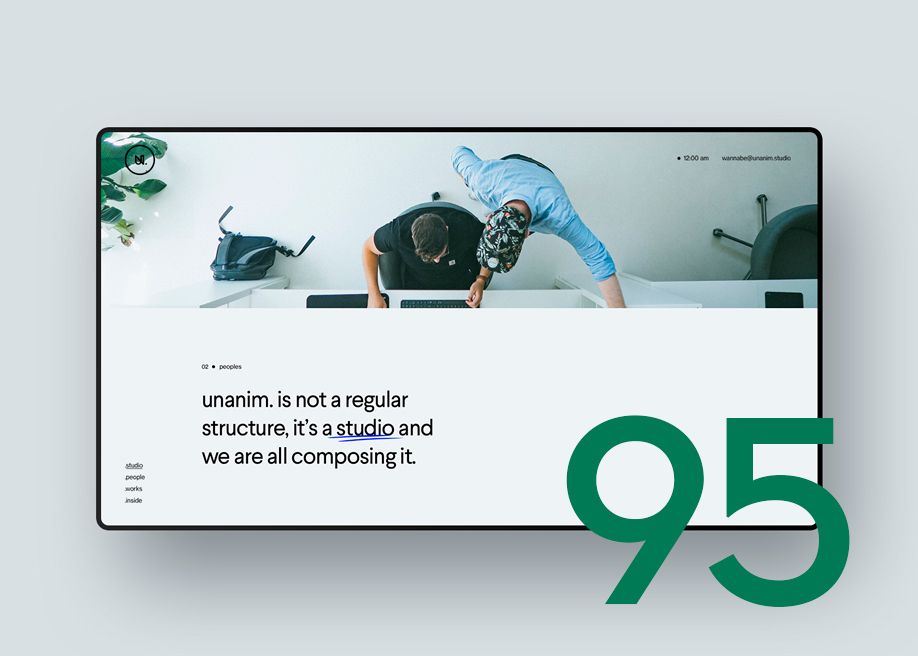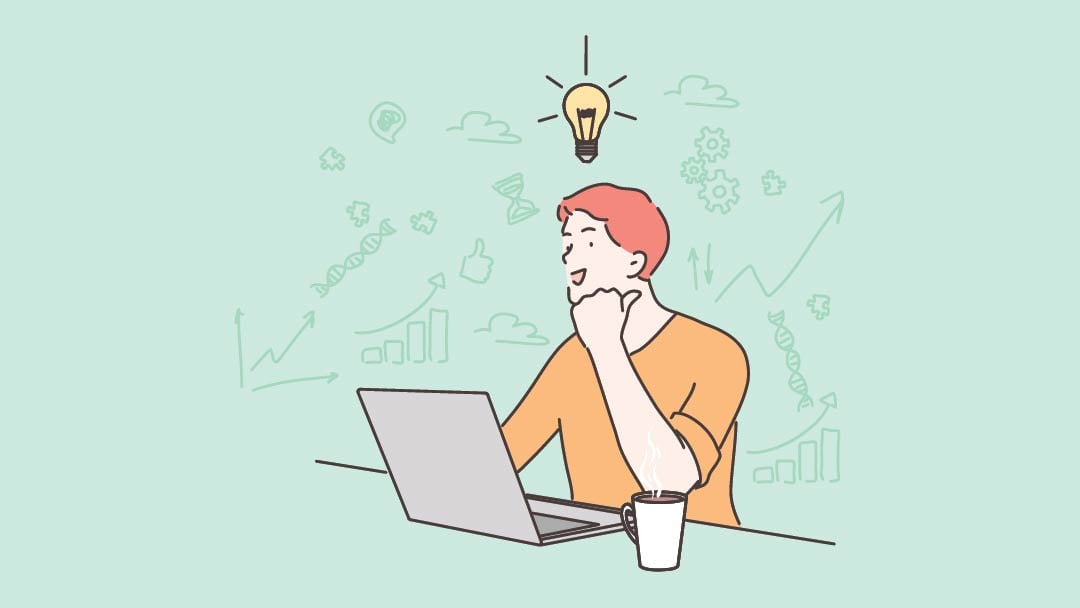All Categories
Featured
Table of Contents
- – Top Web Design Companies - Find Web Designers ...
- – Basics Of Web Development & Coding Specializa...
- – Web Design Ledger: Homepage Tips and Tricks:
- – What Is Web Design (And How Do I Get It Right...
- – Web Design - Wikipedia Tips and Tricks:
- – Web Design Vs. Web Development - Upwork Tips ...
- – Web Design - Uci Division Of Continuing Educ...
- – Powderkeg: Web Design Madison, Wi Tips and T...
- – Web Design - Website Design Tutorials, Artic...
- – Web Design - Linkedin Learning, Formerly Ly...
- – Penner Home - Durham Web Design - Penner We...
- – St Louis Seo Company - St Louis Web Design ...
- – Sustainable Web Design: Home Tips and Tricks:
Top Web Design Companies - Find Web Designers Here Tips and Tricks:
Desktop apps require designers to produce their style and send it to an advancement group who can then convert the design to code. Usually, this is the requirement for big and/or complex websites since it permits the designer to focus on the general look and feel, while all the technical challenges are moved to the development group
Basics Of Web Development & Coding Specialization - Coursera Tips and Tricks:

Amazing designs can communicate a lot of information in just a couple of seconds. This is made possible with the use of powerful images and icons. A quick Google search for stock images and icons will produce thousands of options.
Web Design Ledger: Homepage Tips and Tricks:
Your site visitors have several ways of engaging with your site depending upon their device (scrolling, clicking, typing, and so on). The very best website designs simplify these interactions to provide the user the sense that they remain in control. Here are a couple of examples: Never ever auto-play audio or videos, Never ever underline text unless its clickable Make certain all forms are mobile-friendlyAvoid turn up Prevent scroll-jacking There are lots of web animation strategies that can assist your design grab visitor's attention, and allow your visitors to interact with your website by offering feedback.
What Is Web Design (And How Do I Get It Right)? - 99designs Tips and Tricks:
Your users ought to be able to easily browse through your site without encountering any structural problems. If users are getting lost while trying to navigate through your website, chances are "crawlers" are too. A crawler (or bot) is an automated program that searches through your website and can identify its functionality.
Web Design - Wikipedia Tips and Tricks:
Responsive, Comprehending the benefits and drawbacks of adaptive and responsive websites will assist you figure out which site home builder will work best for your site style needs. You may discover short articles online that discuss an entire lot of various website style styles (fixed, fixed, fluid, etc). However, in today's mobile-centric world, there are only two site designs to use to appropriately develop a site: adaptive and responsive.
Web Design Vs. Web Development - Upwork Tips and Tricks:

a header) is 25% of its container, that aspect will stay at 25% no matter the change in screen size. Responsive sites can also use breakpoints to create a custom-made look at every screen size, however unlike adaptive sites that adapt only when they struck a breakpoint, responsive sites are constantly altering according to the screen size.(image credit: UX Alpaca)Fantastic experience at every screen size, despite the device type, Responsive site builders are usually stiff which makes the style tough to "break"Heaps of readily available templates to begin with, Requires substantial style and testing to guarantee quality (when beginning from scratch)Without accessing the code, customized designs can be challenging, It is essential to note that site builders can consist of both adaptive and responsive functions.
Web Design - Uci Division Of Continuing Education Tips and Tricks:
Wix has been around because 2006 and has considering that developed a vast array of functions and design templates to match practically every company requirement. Today, it's considered among the simplest tools for beginners. Although it's difficult to select a winner in this category, here are couple of things to remember: If you're trying to find the most adjustable experience, choose Page, Cloud.
Powderkeg: Web Design Madison, Wi Tips and Tricks:
, come into play. Here are some of the pros and cons to think about when looking to adopt one of these tools: Capability to produce custom-made responsive websites without having to write code Unrivaled control over every component on the page Ability to export code to host in other places Complex tools with steep learning curves Slower style procedure than adaptive website contractors, E-commerce websites are an essential part of site style.
Web Design - Website Design Tutorials, Articles And Free Stuff Tips and Tricks:

The standard 5 elements of web design, Best resources to find out web design at house, What is web design? You require to keep your design simple, clean and accessible, and at the very same time, use grid-based styles to keep style products organized and organized, hence developing a terrific total layout. Web design online courses.
Web Design - Linkedin Learning, Formerly Lynda.com Tips and Tricks:
, The web design track style Tree, House offers 43 uses of video and interactive lessons on HTML, CSS, layouts, and other web design basics.
Penner Home - Durham Web Design - Penner Web Design ... Tips and Tricks:
Efficient website design brings a couple of different aspects together to promote conversions. These include: Compelling use of unfavorable space Clearly presented choices for the user(the less choices the user has, the less most likely they are to become overwhelmed and baffled)Apparent, clear calls to action Restricted distractions and a well believed out user journey (ie.
St Louis Seo Company - St Louis Web Design And Internet ... Tips and Tricks:
Here are some examples: Clear calls to action are great web design; dirty ones are bad website design. High contrast fonts are clever, efficient web design; low contrast typefaces that are tough to check out are bad website design. Here are a couple of other aspects to avoid: Distracting images and backgrounds. Though there are a couple of select instances where a tiled background could be a great option, most of the times they're sidetracking. Non-responsive design. Nowadays your website simply requires to be mobile responsive. Uncertain links and buttons. Visitors should not need to hunt for links and buttons, they ought to be able to rapidly see which images and pieces of text will take them to brand-new pages or validate their options.
Sustainable Web Design: Home Tips and Tricks:
On a platform like 99designs you can host a design contestby providing a supplying and quick designers submit designs send styles your specifications. Your web design might cost a couple of hundred to tens of thousands of dollars, depending on its complexity. The more details they have, the more equipped they are to provide the perfect web style for you.
Learn more about Lovell Media Group LLC or TrainACETable of Contents
- – Top Web Design Companies - Find Web Designers ...
- – Basics Of Web Development & Coding Specializa...
- – Web Design Ledger: Homepage Tips and Tricks:
- – What Is Web Design (And How Do I Get It Right...
- – Web Design - Wikipedia Tips and Tricks:
- – Web Design Vs. Web Development - Upwork Tips ...
- – Web Design - Uci Division Of Continuing Educ...
- – Powderkeg: Web Design Madison, Wi Tips and T...
- – Web Design - Website Design Tutorials, Artic...
- – Web Design - Linkedin Learning, Formerly Ly...
- – Penner Home - Durham Web Design - Penner We...
- – St Louis Seo Company - St Louis Web Design ...
- – Sustainable Web Design: Home Tips and Tricks:
Latest Posts
Awwwards - Website Awards - Best Web Design Trends Tips and Tricks:
Website Design - Best Ecommerce Web Design By Shopify Tips and Tricks:
Web Design Shopify:
More
Latest Posts
Awwwards - Website Awards - Best Web Design Trends Tips and Tricks:
Website Design - Best Ecommerce Web Design By Shopify Tips and Tricks:
Web Design Shopify: